- Online car hire since 2005
Car hire Poland
Save time and money. We compare the offers of car rental companies in Poland on your behalf.
- Free cancellation Up to 48 hours prior to the scheduled pick up time
- Best price guarantee Have you found a better price? Let us know and we will make you a better offer.
- 24000+ pick-up locations Locations around the world
Car hire Poland
EasyTerra Car Hire Poland is an independent car hire comparison site. Our system compares prices from well-known car hire companies so as a customer you can always book your hire car through us at a competitive rate.
Car rental offers in Poland
Whether you're looking for a small rental car or a station wagon for the entire family, we will always have a suitable vehicle for the lowest price. Below are some examples from our selection in Poland.
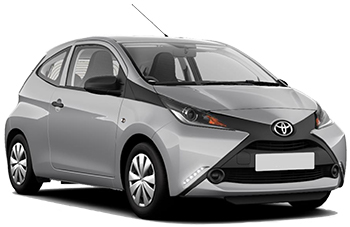
-
Flex To Go From£ 2 /day -
wheego From£ 3 /day -
Carwiz rent a car From£ 4 /day
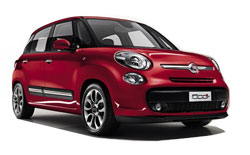
-
Flex To Go From£ 2 /day -
wheego From£ 3 /day -
Kaizen Rent From£ 8 /day
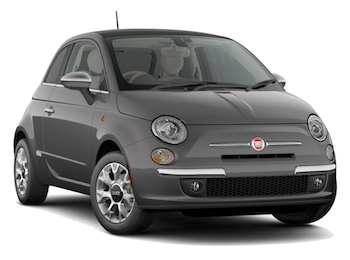
-
Viaggiare Rent From£ 8 /day -
Flex To Go From£ 9 /day -
wheego From£ 11 /day
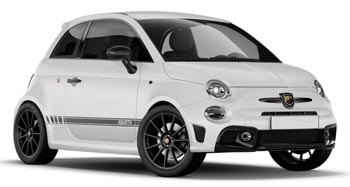
-
Flex To Go From£ 2 /day
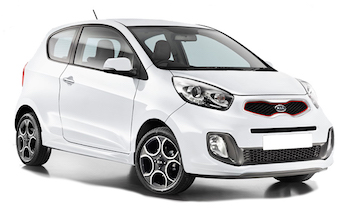
-
Flex To Go From£ 2 /day -
wheego From£ 3 /day -
Thrifty From£ 10 /day
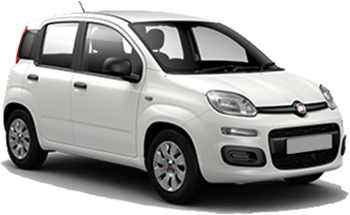
-
Viaggiare Rent From£ 8 /day -
ACE Rent A Car From£ 10 /day -
Autounion Car Rental From£ 13 /day
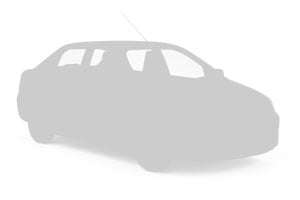
-
Flex To Go From£ 3 /day

-
wheego From£ 3 /day -
Viaggiare Rent From£ 8 /day -
Carwiz rent a car From£ 9 /day
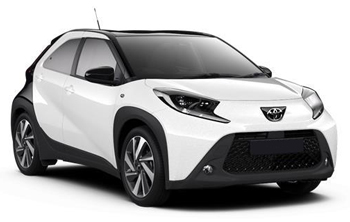
-
Viaggiare Rent From£ 8 /day -
wheego From£ 11 /day -
Carwiz rent a car From£ 24 /day
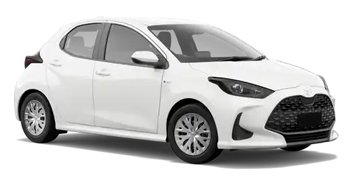
-
wheego From£ 4 /day -
Carwiz rent a car From£ 6 /day -
Kaizen Rent From£ 8 /day
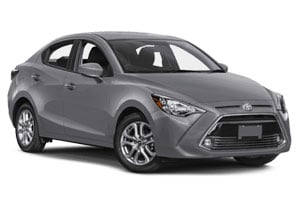
-
wheego From£ 4 /day -
Flex To Go From£ 4 /day -
Carwiz rent a car From£ 8 /day
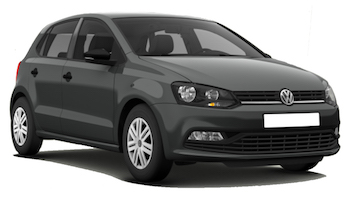
-
Flex To Go From£ 9 /day -
ACE Rent A Car From£ 10 /day -
Goldcar From£ 15 /day
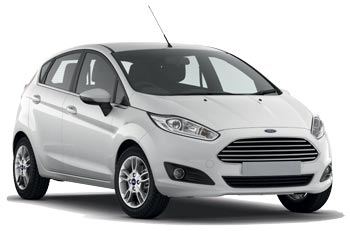
-
wheego From£ 4 /day

-
Flex To Go From£ 4 /day -
ACE Rent A Car From£ 6 /day -
Goldcar From£ 8 /day
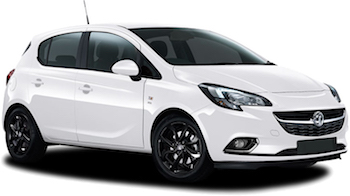
-
Flex To Go From£ 9 /day -
Autounion Car Rental From£ 14 /day -
addCarRental From£ 14 /day
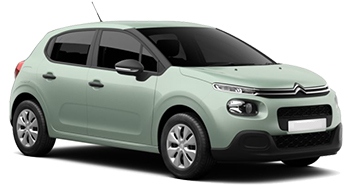
-
Flex To Go From£ 4 /day -
Keddy By Europcar From£ 12 /day -
Europcar From£ 13 /day

-
Flex To Go From£ 4 /day -
addCarRental From£ 9 /day -
SurPrice car rentals From£ 11 /day
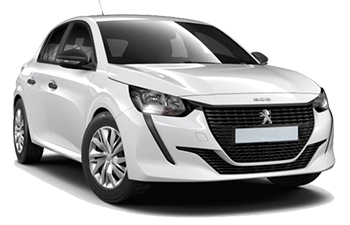
-
Viaggiare Rent From£ 10 /day -
ACE Rent A Car From£ 10 /day -
Flex To Go From£ 10 /day
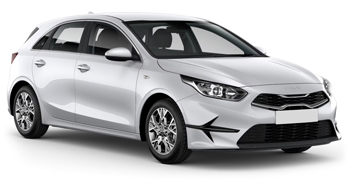
-
wheego From£ 6 /day -
Flex To Go From£ 6 /day -
Carwiz rent a car From£ 7 /day
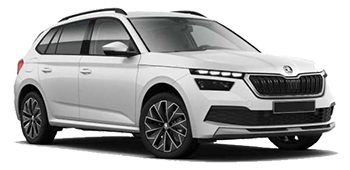
-
wheego From£ 6 /day -
Green Motion From£ 9 /day -
U-Save Auto Rental From£ 11 /day
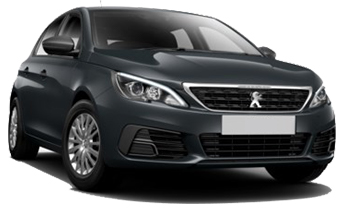
-
ACE Rent A Car From£ 10 /day -
Budget From£ 22 /day -
Sixt From£ 26 /day
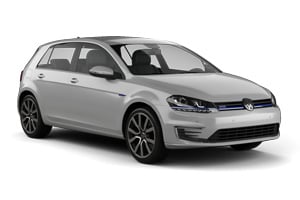
-
wheego From£ 6 /day -
Flex To Go From£ 6 /day -
United rent a car From£ 12 /day
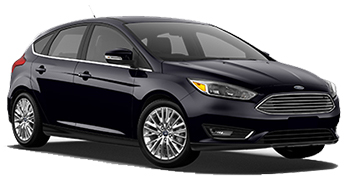
-
Flex To Go From£ 6 /day -
Carwiz rent a car From£ 7 /day -
ACE Rent A Car From£ 9 /day

-
Flex To Go From£ 10 /day -
ACE Rent A Car From£ 13 /day -
Green Motion From£ 16 /day
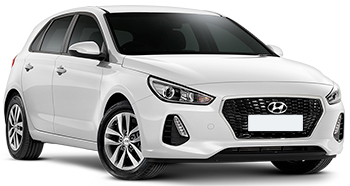
-
Flex To Go From£ 6 /day -
Goldcar From£ 10 /day -
Kaizen Rent From£ 11 /day
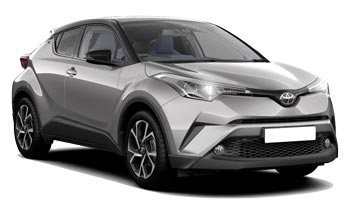
-
wheego From£ 6 /day -
Carwiz rent a car From£ 9 /day -
Enterprise From£ 15 /day

-
Flex To Go From£ 11 /day -
wheego From£ 12 /day -
Avis From£ 14 /day
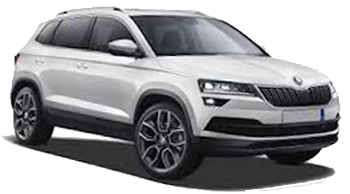
-
wheego From£ 10 /day -
addCarRental From£ 14 /day -
SurPrice car rentals From£ 19 /day
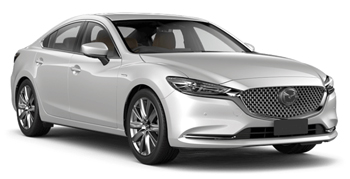
-
wheego From£ 10 /day -
Sixt From£ 26 /day -
Kaizen Rent From£ 28 /day
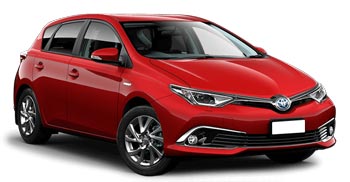
-
Green Motion From£ 12 /day -
Flex To Go From£ 14 /day -
ACE Rent A Car From£ 16 /day

-
wheego From£ 10 /day -
Goldcar From£ 15 /day -
U-Save Auto Rental From£ 18 /day
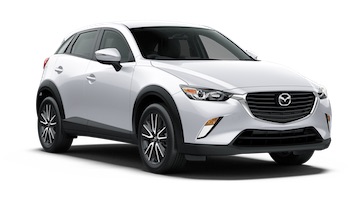
-
Carwiz rent a car From£ 10 /day
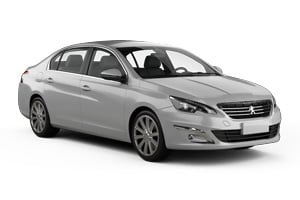
-
Flex To Go From£ 14 /day -
Sixt From£ 32 /day
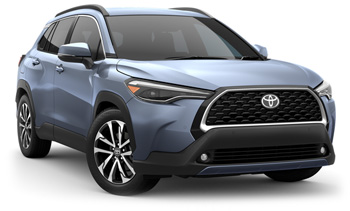
-
Carwiz rent a car From£ 10 /day
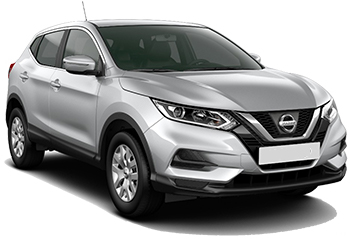
-
Carwiz rent a car From£ 11 /day -
Kaizen Rent From£ 15 /day -
Goldcar From£ 17 /day

-
wheego From£ 15 /day -
addCarRental From£ 22 /day

-
addCarRental From£ 13 /day -
SurPrice car rentals From£ 19 /day -
Budget From£ 23 /day
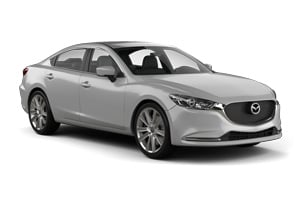
-
wheego From£ 13 /day -
Green Motion From£ 25 /day -
Alamo From£ 27 /day

-
wheego From£ 15 /day -
Alamo From£ 28 /day -
Enterprise From£ 33 /day
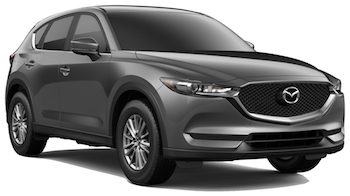
-
wheego From£ 13 /day -
Carwiz rent a car From£ 17 /day
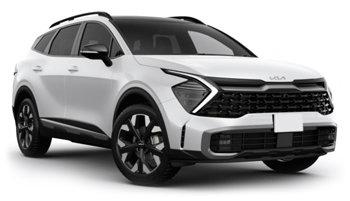
-
wheego From£ 13 /day -
Carwiz rent a car From£ 17 /day

-
wheego From£ 16 /day
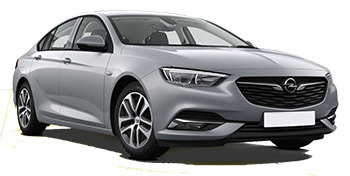
-
addCarRental From£ 20 /day -
Avis From£ 26 /day -
Budget From£ 29 /day
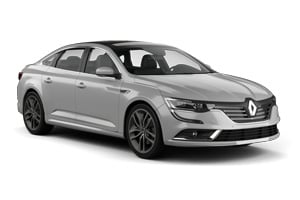
-
Express Impress From£ 16 /day -
Europcar From£ 50 /day
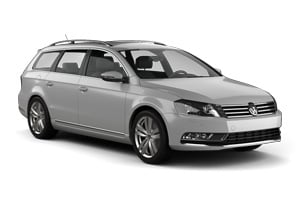
-
Express Impress From£ 17 /day -
Flex To Go From£ 18 /day -
ACE Rent A Car From£ 20 /day
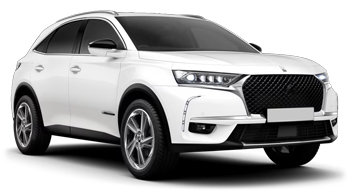
-
Viaggiare Rent From£ 13 /day

-
Viaggiare Rent From£ 13 /day

-
Flex To Go From£ 14 /day
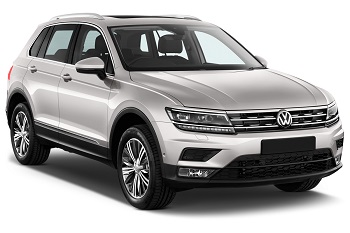
-
Flex To Go From£ 14 /day
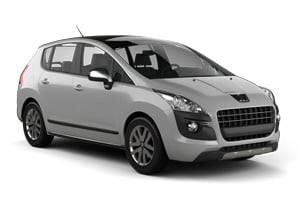
-
Flex To Go From£ 15 /day

-
Flex To Go From£ 14 /day
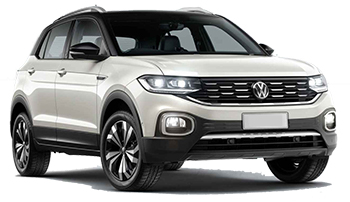
-
Flex To Go From£ 14 /day

-
Flex To Go From£ 15 /day

-
Flex To Go From£ 15 /day
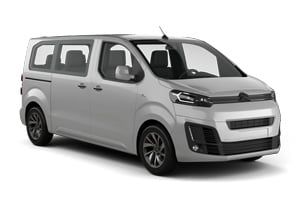
-
Flex To Go From£ 24 /day
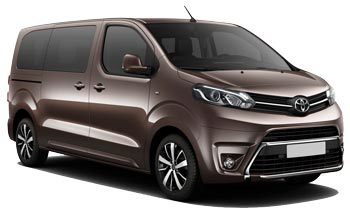
-
Flex To Go From£ 25 /day
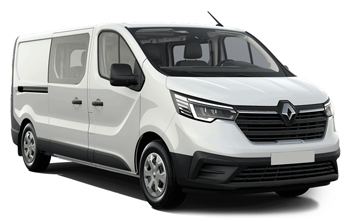
-
Flex To Go From£ 35 /day

-
Flex To Go From£ 32 /day
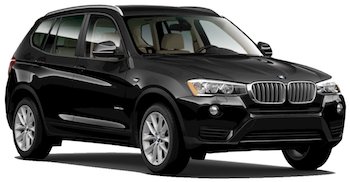
-
Flex To Go From£ 34 /day -
Car Net From£ 45 /day
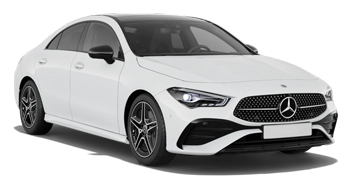
-
Alamo From£ 38 /day -
Enterprise From£ 42 /day

-
Flex To Go From£ 35 /day
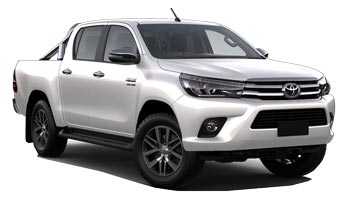
-
Alamo From£ 38 /day

-
Alamo From£ 37 /day
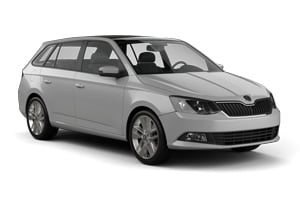
-
Flex To Go From£ 4 /day -
Goldcar From£ 8 /day -
Autounion Car Rental From£ 16 /day
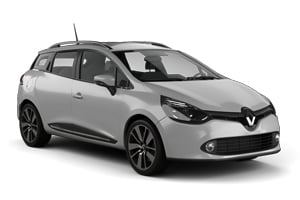
-
Flex To Go From£ 4 /day -
Keddy By Europcar From£ 12 /day -
Europcar From£ 14 /day

-
Flex To Go From£ 12 /day -
Goldcar From£ 14 /day -
Autounion Car Rental From£ 18 /day

-
wheego From£ 6 /day -
Flex To Go From£ 6 /day -
Goldcar From£ 10 /day
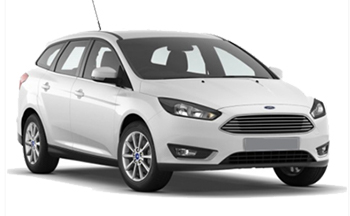
-
Flex To Go From£ 6 /day -
Carwiz rent a car From£ 7 /day -
U-Save Auto Rental From£ 12 /day

-
Flex To Go From£ 12 /day -
Green Motion From£ 18 /day -
U-Save Auto Rental From£ 18 /day
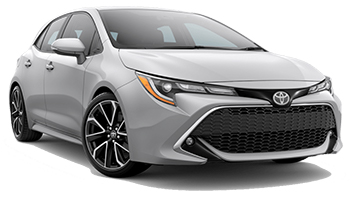
-
Carwiz rent a car From£ 7 /day -
Sixt From£ 21 /day
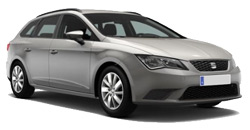
-
Carwiz rent a car From£ 7 /day -
Keddy By Europcar From£ 14 /day -
Europcar From£ 21 /day
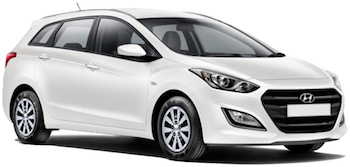
-
Kaizen Rent From£ 13 /day -
Goldcar From£ 17 /day -
Sixt From£ 26 /day
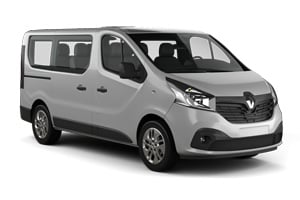
-
wheego From£ 18 /day -
Flex To Go From£ 26 /day -
Carwiz rent a car From£ 27 /day

-
Carwiz rent a car From£ 18 /day -
wheego From£ 20 /day -
Flex To Go From£ 32 /day

-
Flex To Go From£ 35 /day
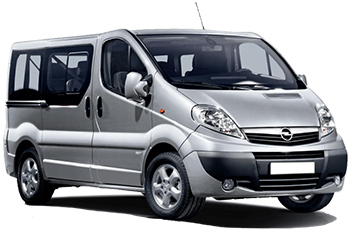
-
wheego From£ 20 /day
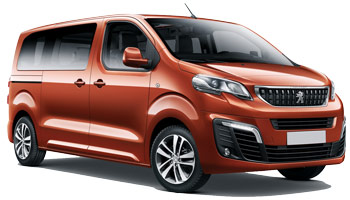
-
Flex To Go From£ 21 /day -
Sixt From£ 49 /day
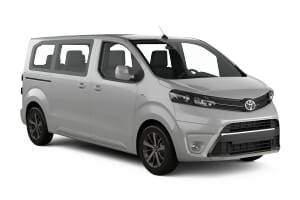
-
Alamo From£ 35 /day -
Kaizen Rent From£ 41 /day -
Flex To Go From£ 41 /day

-
Flex To Go From£ 23 /day -
Alamo From£ 35 /day -
Kaizen Rent From£ 42 /day

-
Flex To Go From£ 23 /day

-
Flex To Go From£ 38 /day -
wheego From£ 50 /day -
Hertz From£ 62 /day

-
wheego From£ 3 /day -
Carwiz rent a car From£ 9 /day

-
wheego From£ 4 /day -
Flex To Go From£ 4 /day -
Carwiz rent a car From£ 8 /day

-
Viaggiare Rent From£ 13 /day

-
wheego From£ 6 /day

-
wheego From£ 6 /day -
Carwiz rent a car From£ 9 /day -
Flex To Go From£ 13 /day

-
wheego From£ 13 /day -
Flex To Go From£ 20 /day -
Kaizen Rent From£ 24 /day
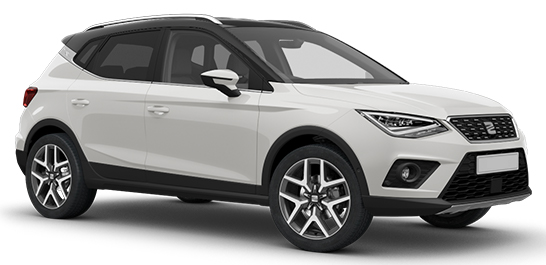
-
Flex To Go From£ 6 /day -
Keddy By Europcar From£ 15 /day -
Express Impress From£ 15 /day

-
Carwiz rent a car From£ 7 /day
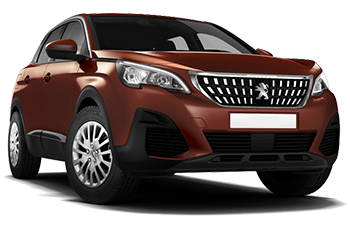
-
Flex To Go From£ 15 /day -
Enterprise From£ 27 /day -
Autounion Car Rental From£ 28 /day
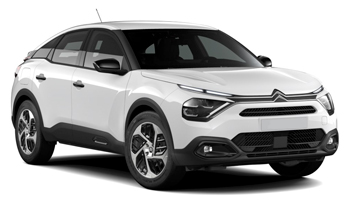
-
Avis From£ 29 /day

-
Avis From£ 29 /day
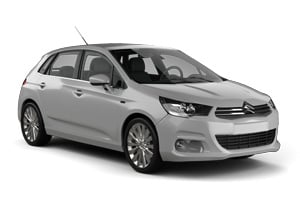
-
Budget From£ 36 /day

-
Alamo From£ 36 /day -
Enterprise From£ 39 /day

-
Budget From£ 39 /day

-
Enterprise From£ 44 /day -
Alamo From£ 99 /day
Popular cities in Poland
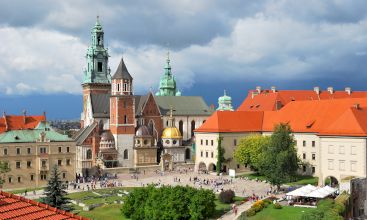
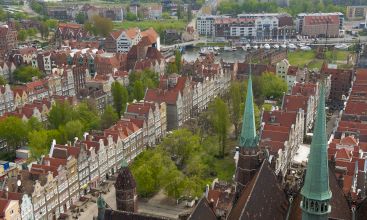
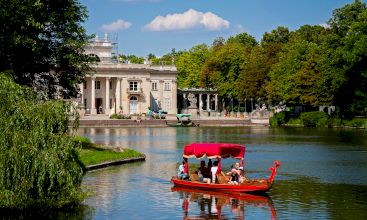
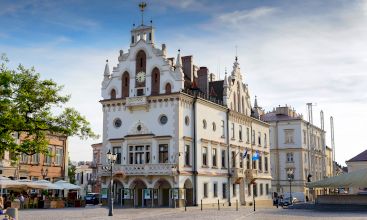
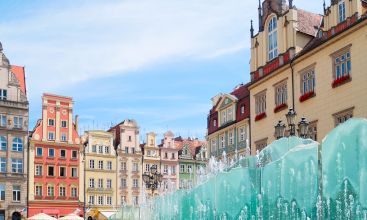
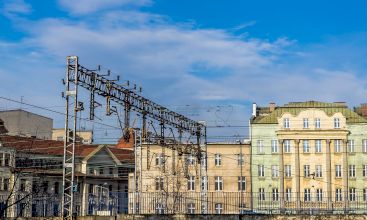
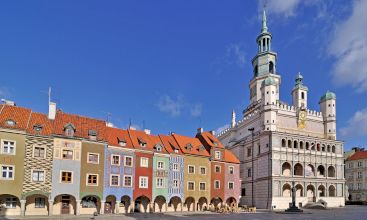
Popular rental locations in Poland
-
Car hire Kraków Balice AirportFrom
£ 2 /day -
Car hire Gdańsk AirportFrom
£ 2 /day -
Car hire Warsaw AirportFrom
£ 2 /day -
Car hire Rzeszow AirportFrom
£ 4 /day -
Car hire Wroclaw International AirportFrom
£ 3 /day -
Car hire Katowice Pyrzowice AirportFrom
£ 3 /day -
Car hire Krakow Train StationFrom
£ 11 /day -
Car hire Poznan Lawica International AirportFrom
£ 4 /day
Useful tips for a well-prepared trip
Which insurance should I choose, and what's the deal with the deposit? Read our articles with useful information and tips to ensure you choose the right rental car for you.
When to book a rental car in Poland
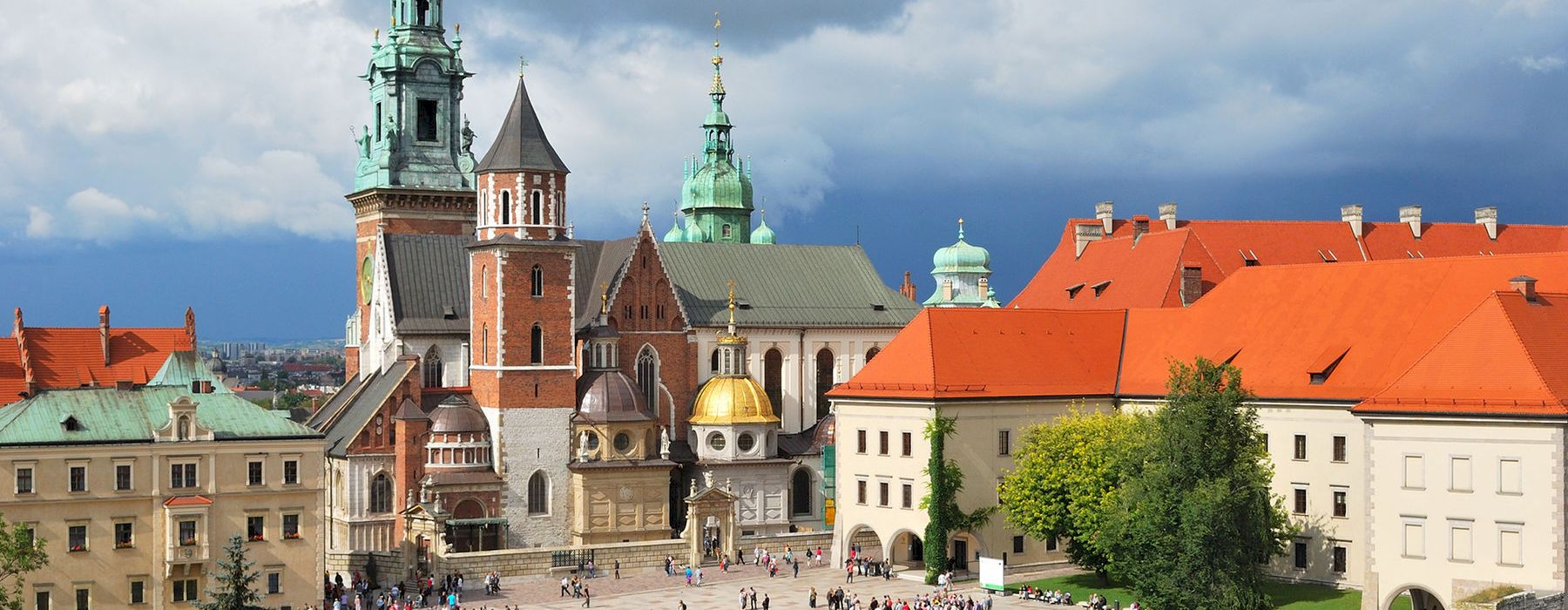
Location information for Poland
Poland is best explored by rental car. EasyTerra Car Hire has over 78 pick-up locations in Poland. This means there is always a pick-up location close to your destination.
Most popular car hire locations in Poland
Introduction
In the centre of Europe lies the republic of Poland. The former communist country has a rich history, lively towns and a marvelous nature to offer. Travelers will find modernity in its capital Warsaw and history in the southern Krakow. Krakow is also the capital of the southern region that bears the name 'Malopolska': Small Poland. On the borders with Slovakia and the Ukraine, one finds the rough peaks and valleys of the Tatra Mountains. The highest peak is mount Rysy with 2,499 meters. The unspoiled coastal line in the north is home to the sea port Gdansk. Along the beach are many resorts, while lakes and thick forest with villages and medieval castles here and there are found further inland. One of the most magnificent regions of Poland lies in the northeast. In Mazuria are more than two thousand lakes connected by channels and rivers and surrounded by hills and forests.
History
During the Neolithic period, around 2000 BC, Celts, Balts, Huns and several Germanic tribes migrated to the region that is nowadays known as Poland. In the early Middle Ages the West Slavs came to the plain that lies between the river Odra and Wisla. These people were called 'Polans': people of the plain.
In 966 AD duke Mieszko I converted to Christianity. Because of this, he was recognized by Rome as lord of Poland. The Church spread its faith from the year 1000 in Poland. Mieszko's son Boleslaw the Brave became the first king of Poland. He made Poznan his capital. When in 1038 a period of troubles and conquest started by Teutonic Knights and Tartars, the royal seat moved to Krakow. In the thirteenth century this city was ran over by looting Tartars.
In 1333 the empire recovered under the rule of Kazimierz III Wielki (i.e. the Great). Poland flourished during that time. The king however only had female heirs and the dynasty ended with whom it had started in 1370. A marriage between the niece of Kazimierz and the Grand Duke of Lithuania created a powerful realm that stretched from the Baltic Sea to the Black Sea. In 1569 Poland and Lithuania officially became united in one state. Both parts remained connected to each other until well into the eighteenth century.
The Renaissance of the sixteenth century brought new impulses in art and science. The Polish Mikolaj Kopernik, who became known as Nicolaus Copernicus, busied himself with a new heliocentric theory of the solar system.
The sixteenth century also brought the end of the Jagiellonian dynasty. From then on the king was chosen by the parliament. Many of the following kings were foreigners, because the ruling aristocracy held the idea that foreign kings could be kept under their thumb. By the end of this century one of the successors moved the capital to Warsaw.
During the seventeenth century the Swedish, Russians, Prussians and Austrians competed with each other over the Polish territory. Despite the division of the country in three parts the nationalistic feelings revived from the late eighteenth century till mid-nineteenth century. The romantic period of that time made the traditional arts flourish. As a reaction to this, revolts broke out to chase the occupiers away.
In 1919 the Treaty of Versailles was signed, which recognized Poland as a sovereign state. This however, did not bring peace to Poland. The Polish army did its best to reconquer former property from the Russians. This ended in a compromise in which Poland got back the cities Lviv and Vilnius. Not long afterwards, in 1939, Nazi Germany invaded the Polish city Gdansk which caused the beginning of the Second World War. The Polish suffered great hardships. One fifth of the Polish population died during this war. The extermination camp near the Polish city Auschwitz, still reminds us of the one and a half million Jews, gypsies and other people who died here.
After the Second World War, Poland came under Soviet dominion. The Polish never accepted this fate. At the end of the eighties of the twentieth century, the Russian president Mikhail Gorbachev gave his permission to search for new options for the Polish people. This resulted in new elections in 1989 at which the communists didn't win a single seat and had to retreat. This was the first domino that fell after which the rest of the communist regimes collapsed in Europe. In 1999 Poland joined the NATO. Since May 2004 the country is a member of the European Union.
Society and culture
For centuries Poland remained a mixed country with a great variety of people. Jews, Germans and Ukrainians considered Poland as their home. The Second World War changed all that and the Polish population of today mainly consists of Poles. More than half of the 39 million inhabitants live in the cities. Warsaw, in the east, is not only Poland's capital, but also the country's biggest city. Important other cities are for example Lódz, Krakow and Poznan. Life in a Polish city is comparable to the life in many Western cities. In the rural areas however, traditional roles are still important. It is here that strong family ties persist.
The Polish population is very religiously active. After the collapse of communism the churches were crammed again. More than eighty percent of the Poles is Roman Catholic. Pope John Paul II, who died in 2007, started his life as the Polish Karol Woytila. Many Poles are very proud of their fellow countryman. On the other hand, the popularity of the Church in Poland blurs the separation of church and state. There is such an influence on political parties and society that many Poles react against the religious institute.
Political situation
For four decades communism has held Poland in its grab. In 1990 the communist party was dissolved and the first democratic president Lech Walesa was elected. The first ten years after the collapse of communism were unstable and were marked by political crises. However, during these troubled times a good working market economy and a stable democracy developed in Poland. In 1990 the country's economy became decentralized. The local governments gained more power. From an administrative point of view Poland consists of sixteen provinces. In 1999 the realization of a democracy and a market economy led to the membership into the NATO.
Nowadays the Polish president is directly chosen by the people for a period of five years. The president assigns the prime minister. The Polish parliament consists of a House of Common (Sejm) with 460 seats, and a House of Lords (Senat) with 100 seats. The president of Poland is relatively powerful. He or she can dismiss the parliament and order new elections. Besides this, the president has a right of veto.
Economy
Its communist past has left Poland with a substantial amount of debts. After the communist era the country gradually developed from a mainly agricultural society into an industrialized country. From the second half of the last century onwards, the economy has grown steadily. The coal and steel industry remains under state control. The country is rich of minerals like pit and brown coal, but many Polish mines are not profitable anymore, because of which they have been closed. At the same time, Poland rapidly (much faster than any of the other former countries of the Eastern bloc) developed a free market economy in the nineties of the twentieth century.
More than sixty percent of the Poles work in the private sector. In urban areas the unemployment rate tends to be very low. In rural areas however one fourth of the population can be unemployed. The Polish agricultural sector produces primarily grain, potatoes and sugar beets. The industrial areas are primarily located in the south. Lódz, Warsaw and Poznan are the most important industrial cities. Over the past twenty years the tourist sector is also growing.
Geography and climate
Poland covers over 312 thousand square kilometers. The country borders on the Baltic Sea in the North and is surrounded by six Eastern European countries and Germany. The countries Lithuania, Belarus and the Ukraine, Slovakia and the Czech Republic surround Poland. Along the coast are dunes and lakes. In the northeast of the country the number of lakes reaches its peak. The Mazurian Lake District is known as the 'Land of Thousand Lakes'. These lakes originate from the period after the ice age and are only outnumbered by the similar lakes in Finland. In the eastern part of the country, on the border with Belarus, lies another beautiful region. In National Park Bialowieza one can walk through the single left primeval forest of Europe. This is a lowland forest in which wolves, lynxes and beavers live under century-old oaks and maple-trees.
From the lowlands in the East we arrive in the South in which two mountain ranges arise: the Sudeten Mountains and the Carpathians. The high peaks of the Tatra Mountains are part of the Carpathians which reach into Slovakia. Between the sea in the north and the mountains in the south lies a wide landscape through which several rivers flow. The two largest rivers are the Wisla and the Oder.
A moderate continental climate is influenced from the north by a maritime climate. This combination makes the weather quite unpredictable with possible snow in the mountains till April or mid-May, but also pleasant springs and soft autumns. The summers are generally sunny and very hot in the interior, though it can also rain cats and dogs in June. November and December have many bleak days with heavy rain and fog. During the severe winters, Poland is covered with a thick layer of snow and the rivers become frozen.
Traffic and infrastructure
The roads in Poland are in a reasonable condition. The road network is seen as one of the obstacles to the economic development of the country. Therefore, there is much investment in the extension of the network. The maximum speed is 130 km/h on highways. On two or four lane roads one can drive 110 km/h and 90 km/h on country roads. Inside the built-up area drivers should limit their speed to 60 km/h. Place-name signs with a white background indicate these areas.
An extensive rail road network connects the Polish cities to each other and to the surrounding countries. Cities like Gdansk, Krakow and Warsaw all have direct connections to Berlin. International trains from and to Poland are notorious for their risk of theft. Almost all trains have first and second class seats. Main stations are called gnówny.
One can also take the bus through Poland. There are local but also international buses going to and from Poland. In general, the most convenient way of travelling by public transport in Poland, is by train. In cities however, bus transportation is very comfortable.
There are twelve airports for civil aviation in Poland. Warsaw Airport, Kraków Balice Airport and Gdansk Airport are three out of all the airports one can take flights to or from.
Those who want to travel to Sweden can also take a ferry from Gdansk.
Food and drink
The most important meal of the day is eaten between two and five o'clock in the afternoon. Often this dish is preceded with a soup. The Polish cuisine is a mishmash of influences: the Jewish, as well as Ukrainian and Russian, but also the German and Hungarian cultures have all left their traces.
Potatoes and meat - mainly pork - are much used ingredients. A typical Polish dish is bigos, which consists mainly of sauerkraut enriched with various kinds of meat. Besides this pierogi and barszcz are very popular. The first is a kind of pasta filled with cheese, minced meat or mushrooms. The second dish is the Polish variant to the Russian borscht: the famous beet soup.
Besides the Polish food there is also wódka, the national drink. It is available in various sorts and flavors. Other typical Polish drinks are krupnik, sliwowica and winiak.
Time zone
The time zone in Poland is GMT/UTC +1. At the end of March the clock is turned forward one hour. At the end of September it is turned back again.
Accommodation
In general, Polish cities have a wide range of hotels to offer. Travelers can spend the night in a modern, new and luxurious ambiance as well as in old, cozy or modest hotels. The prizes vary per season (high or low season). It may be wise to check your room in advance as the lobby might contrast sharply with the rooms.
There are many hostels in Poland. During the high season there are more hostels open than out of season. Often, the hostels that continuously offer shelter have more facilities like a kitchens and dining rooms. Most hostels are accessible for all ages.
Most of the camp sites not only have sites for tents and caravans, but also offer small huts to spend the night. Between May and September the camp sites are generally open to the public.
Tourists who will hike in the mountains can take a rest in one of the huts. Their design is simple but the atmosphere is friendly and warm. Often, warm meals are offered. In remote areas all hikers will be offered a place. This might result in very crowded huts. In principle, all huts are open continuously. Information is available at the Polish Tourist Association (PTTK).
In the cities and at the countryside, private individuals sometimes offer rooms. In the city tourists are often addressed in the street by the owners. Outside the city the houses have plates that say pakoje 'room', or noclegi 'lodging'.
External sources
For more information about Poland we recommend Google and the following sources:
Practical information
-
CurrencyPolish złoty
-
Driving directionRight
-
City speed limit50 km/h
-
Freeway speed limit90 km/h
-
LanguagePolish
-
Popular car categoryCompact
What most people want to know
The following questions and answers are a selection of the most popular questions. If you do not find the answer to your question, have a look at the Frequently Asked Questions page or contact us.
- Avis
- Rent a star
- Enterprise
- Kaizen Rent
- National Car Rental
- Budget
- Keddy By Europcar
- Sixt
- MM Cars Group
- Viaggiare Rent
- Alamo
- Hertz
- Autounion Car Rental
- Europcar
- Your Rent
- Flexicar
- U-Save Auto Rental
- addCarRental
- Green Motion
- Thrifty
- Goldcar
- Global Rent a Car
- Panek
- wheego
- ACE Rent A Car
- Flex To Go
- United rent a car
- SurPrice car rentals
- Carwiz rent a car
- Rentis
- Express Impress
- Car Net
- Go Rent
- Topcars
- OtoQ
- OK Mobility
- Royal Fleet
- Goldcar Key'n Go
- Routes
- Street Rent a Car
- McRent
- Mex Rent a Car
- Sicily by Car
- NÜ Car Rentals
- Fleet Rent a car
- InterRent
- Dollar Rent a Car